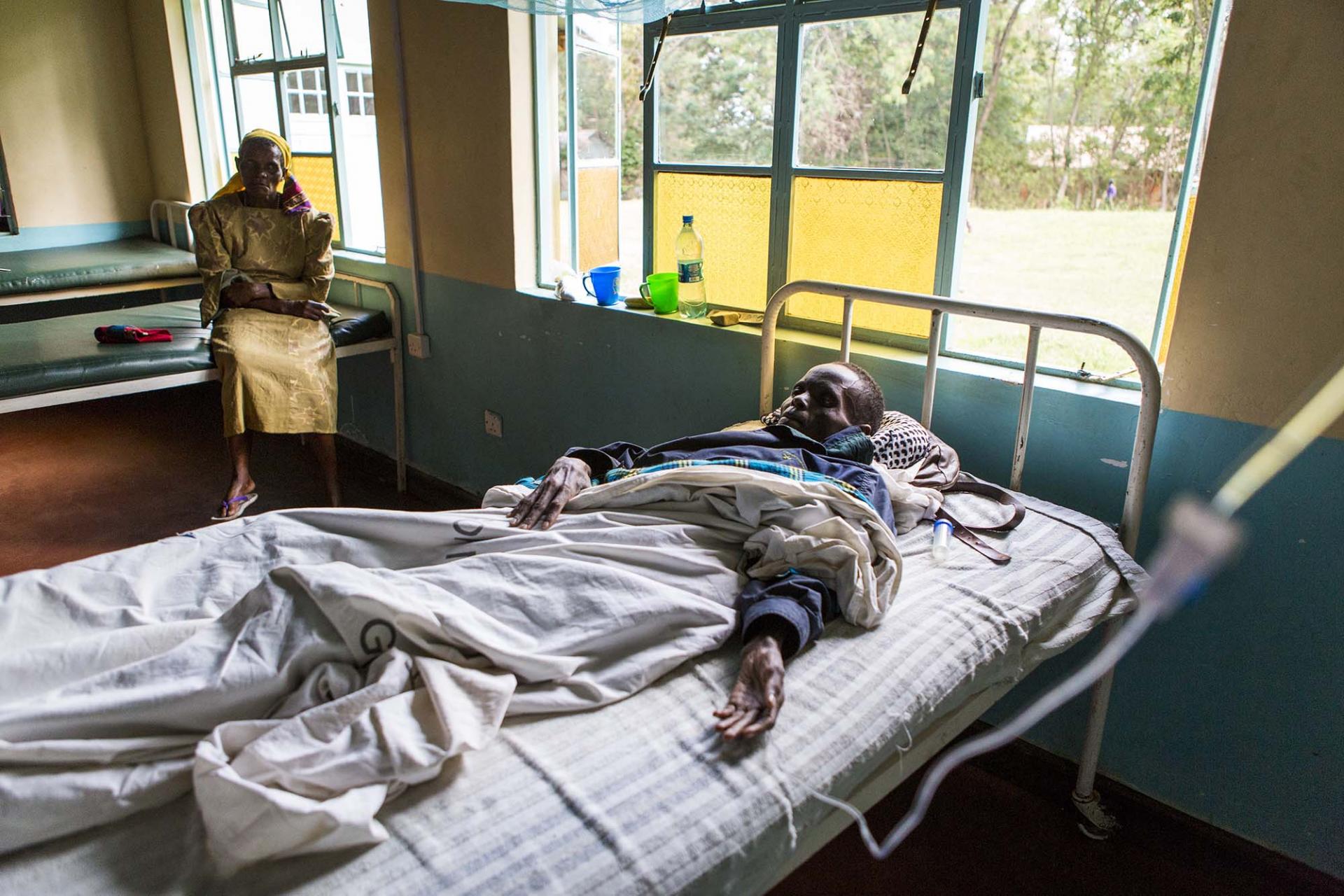ur toolkit for fighting HIV/AIDS has improved drastically from the start of the global HIV epidemic. With new diagnostic tools and more effective drug regimens, the curve of this epidemic can and will be bent. World leaders have made ambitious political commitments, by adopting the Sustainable Development Goals (SDGs) in 2015 “to end the AIDS epidemic by 2030.” However, to achieve any further progress, action is required now.
The gains of the past decade must be accelerated and continue to evolve to produce flexible solutions to tackle new obstacles. There is an urgent need for countries to adopt new and more effective approaches: nearly half of all people living with HIV (PLHIV) are yet to be initiated on treatment and new research has found that progress in reducing new HIV infections has been slowing down.
Over the past 10 years, 74 countries saw an increase in rates of new infections.Undoubtedly, this epidemic continues to pose a threat to millions of people each year. To stem the HIV epidemic, UNAIDS estimates that overall US$ 26 billion annually will be needed by 2020, declining to US$ 24 billion by 2030. UN agencies and research institutes are thus calling for an additional US$7 billion per year. Yet, while domestic investments in the HIV response have seen a steady increase globally, donor funding is decreasing, from US$ 8.6 billion in 2014 to US$7.5 billion in 2015.
